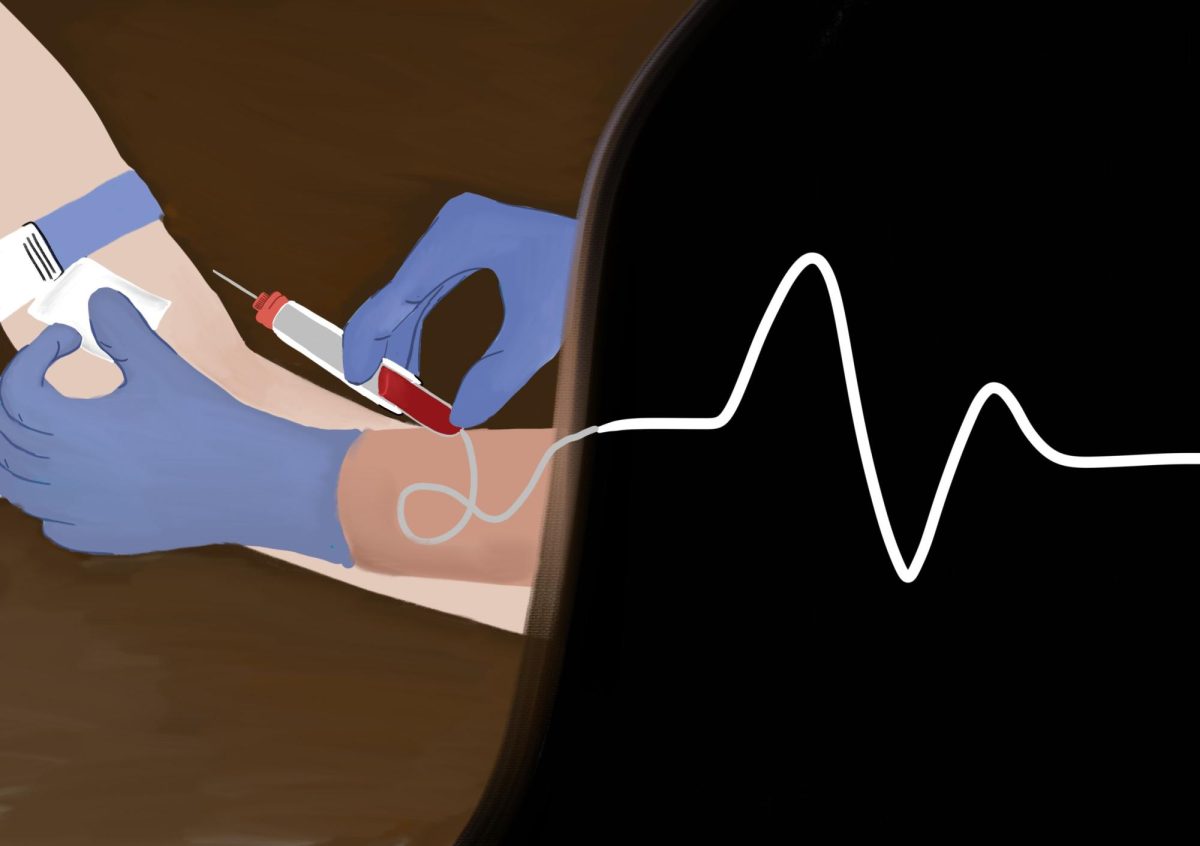After striking the New England coastline, Hurricane Lee has been renamed to post tropical cyclone due its change from a tropical storm to a non-tropical storm, and is currently along the US-Canada border.
An increase in possible rains from Lee affects Maine with six inches, and could possibly affect other states in Northeastern US as well. Eastern New England, Nova Scotia, and New Brunswick are also facing a possible one to four inches of precipitation from post tropical cyclone Lee.
Warnings about possible floods in southwestern of Nova Scotia and New Brunswick were issued by the Nova Scotia RCMP. As well as in the coast between north of Long Island to Maine, allowing for one to three feet above the ground level if the high waves meet Lee’s storm surge.
Residents from the New England coast have experienced power outages. Over 200,000 of these residents had power outages. 161,700 homes in Nova Scotia do not have power due to Lee, along with the 435,600 customers in New Brunswick.
Active responses are currently being conducted in order to restore utility lines and other possible damages to revive the power lost from the power outages caused by the storm within safe areas.
Winds have sustained to 70 mph throughout the New England coast, and Lee is maintaining hurricane-strength winds, causing wave levels to rise, increase in heavy rains, and power outages.
President Biden has approved Federal Emergency Management Assistance (FEMA) to aid state disaster relief measures for Maine, Massachusetts, and Rhode Island. Warnings have gone out, urging people to avoid driving near the shore and staying home to wait out the storm.
Jamie Rhome, the deputy director of the National Hurricane Center, stated the risk along the coast that came from the rising waves.
“The waves from this big hurricane produce a current that goes out to sea and will pull you out,” Rhome said on Friday.
Within Canada, similar warnings have been issued, stating for people to stay within their homes and to stay away from the coastline. The main affected areas include New Brunswick and Nova Scotia, both of which have reported similar rises in wave levels.
AP Environmental Science teacher Kristen Newby said that with the rise of climate change, it is likely that we are going to see a mix of frequent or stronger storms or a combination of both. Especially this past summer and going into the fall, record high temperatures of ocean waters are seen in the Caribbean, Gulf of Mexico, and the Atlantic Ocean.
Newby explained the connection between climate change and rising temperatures.
“What you’re going to see with storms like Hurricane Lee is that their formation is likely very connected to climate change and increasing temperatures in our ocean waters,” Newby said. “There is also some linking between those particular temperatures and the path that the storm may have taken.”








